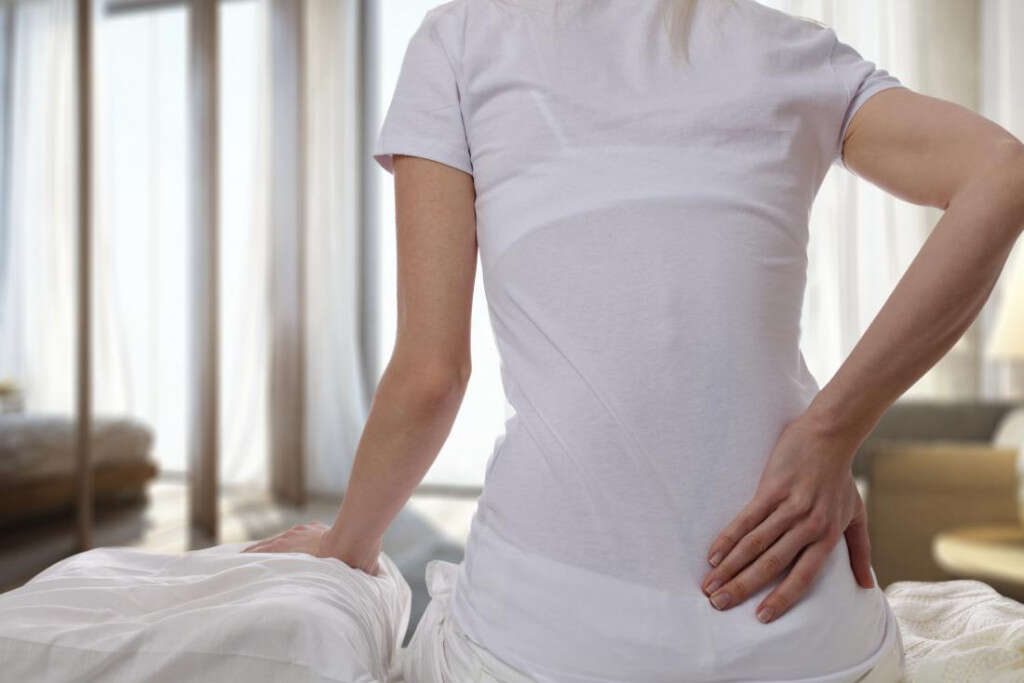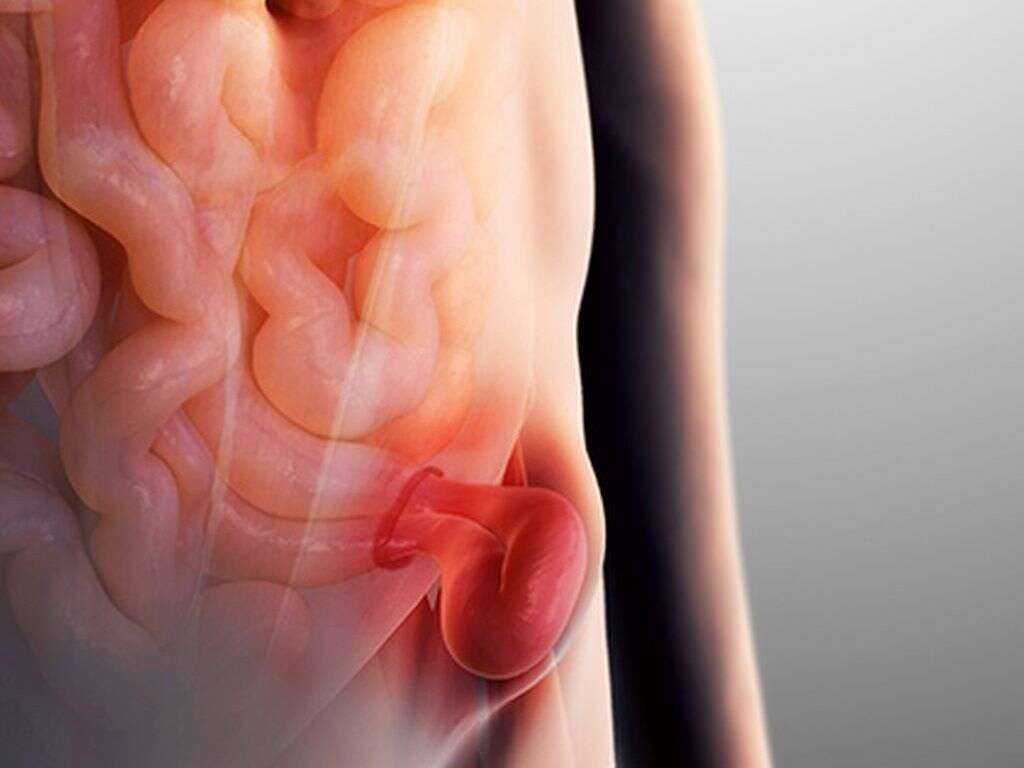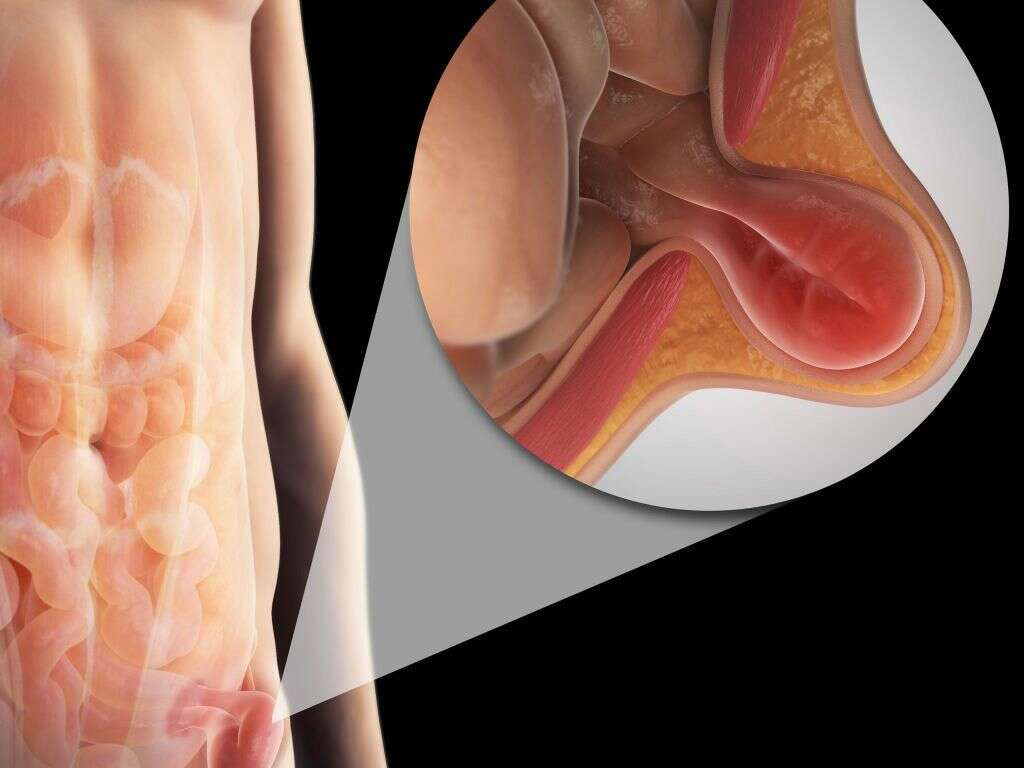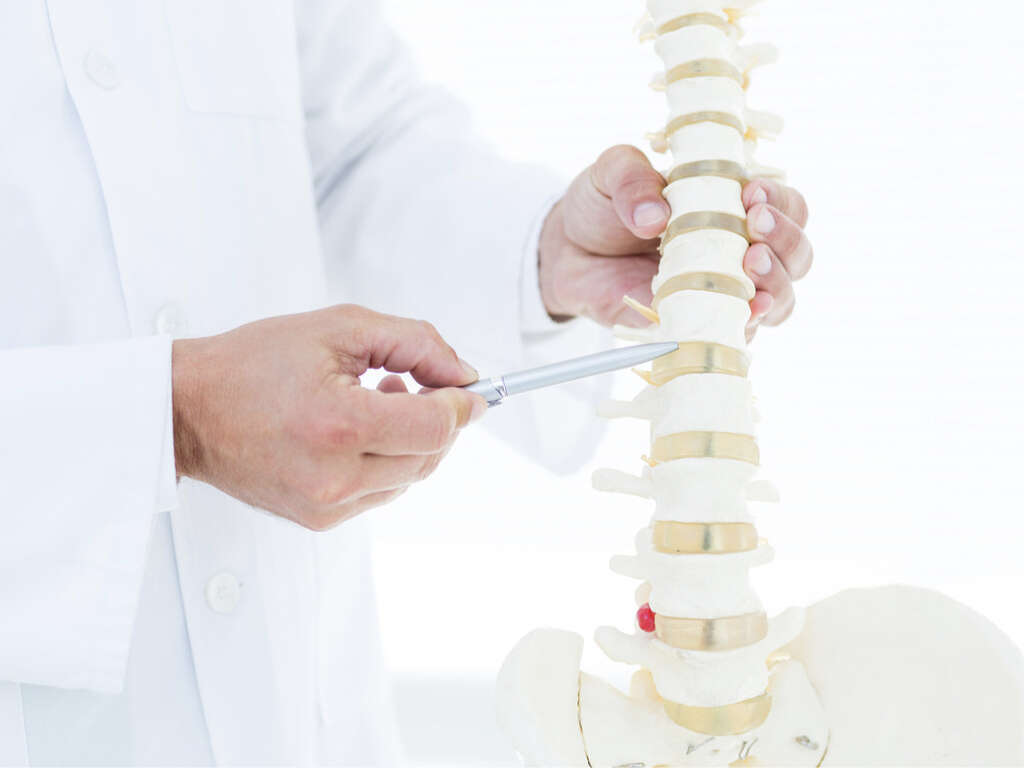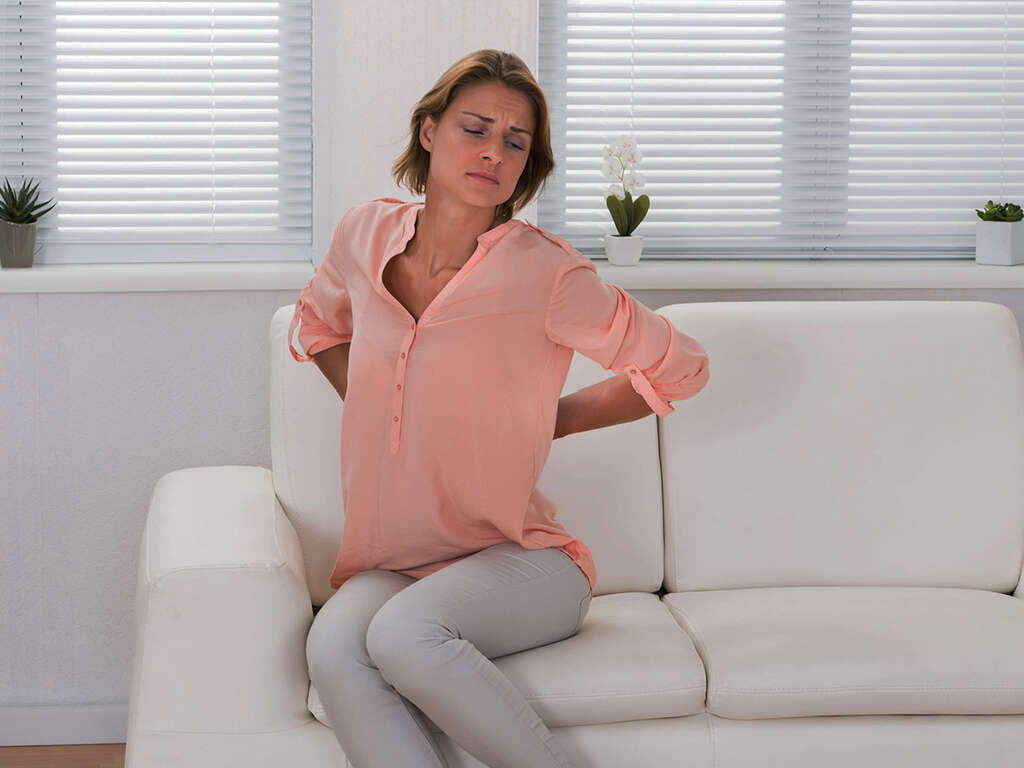10 Causes of Upper Back Pain
Eighty percent of American people suffer from back pain at some point in their lives. In most cases the pain affects the lower back and the neck. However, this does not exclude upper back pain.
Upper back pain can present with a variety of symptoms such as excruciating pain, a burning sensation, stiffness or discomfort. Other symptoms of upper back pain include numbness, weakness or tingling. These sensations may radiate from the spine, move along nerves in the back to reach surrounding areas like shoulders, chest, arms and stomach. If you experience upper back pain and are wondering why it is happening, one of the following 10 causes of upper back pain is probably the culprit.
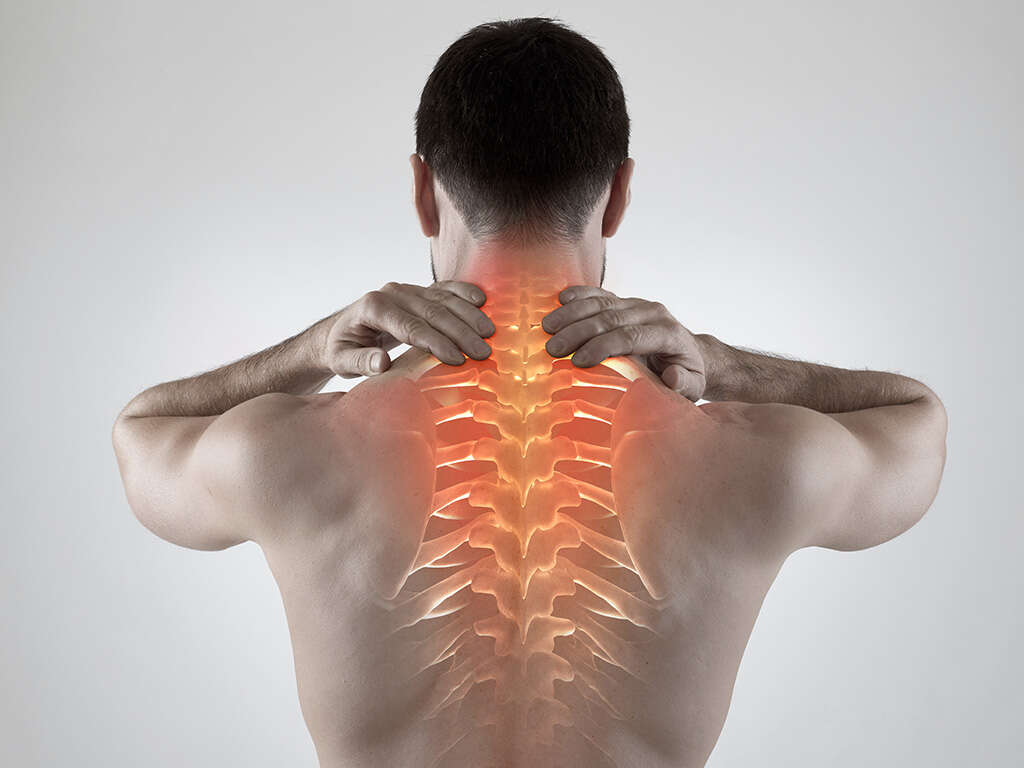
Cause #1: Poor Posture
A posture that keeps your back curved and shoulders hunched towards the front puts a lot of strain on your spine by excessively stretching some muscles and compressing others. At the same time, such a posture pushes discs backwards which may cause pinching of some nerves.
If you continue to maintain this posture for some time, it can slowly lead to chronic pain in the back, including upper back pain. Poor posture is one of the most common causes of upper back pain. To get relief from upper back pain caused by poor posture, you will need to work on correcting your posture besides any medication that your doctor may prescribe.

Cause #2: Injury
A recent or old injury can cause upper back pain. The injury may have originated from a car accident or other traumatic events. In case of a recent injury, you can probably connect it to the pain. However, a traumatic event that happened weeks or months ago may have faded away from memory.
Upper back pain resulting from injury or trauma affects the affected part and tissues. In case a fracture occurred in a vertebra, you may experience localized pain. But in case the fracture causes pinching of a nerve that also serves another part of the back or surrounding areas, the pain may radiate to those other areas. Whichever the case, it makes sense that you consult a doctor for assessment and treatment.
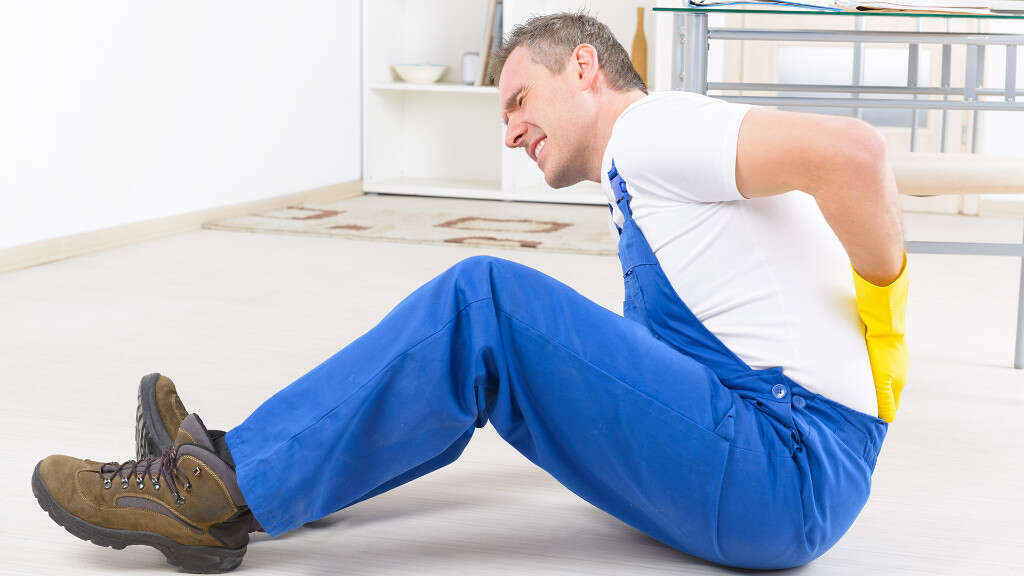
Cause #3: Osteoporosis
Osteoporosis is a medical condition that causes gradual weakening of bones. This can lead to poor posture including a curved back. The resultant compression of bones in the spine may lead to vertebral fractures which can cause upper back pain.
In many cases, people with osteoporosis don’t know that they have it until the bones become so weak that they easily fracture. The fractures may occur for no apparent reason. But because osteoporosis leads to gradual weakening of bones, it gets to a point whereby the bones are unable to bear the body weight, let alone any other kind of load. In case you notice a change in your posture or some pain in your back, you should see a doctor.
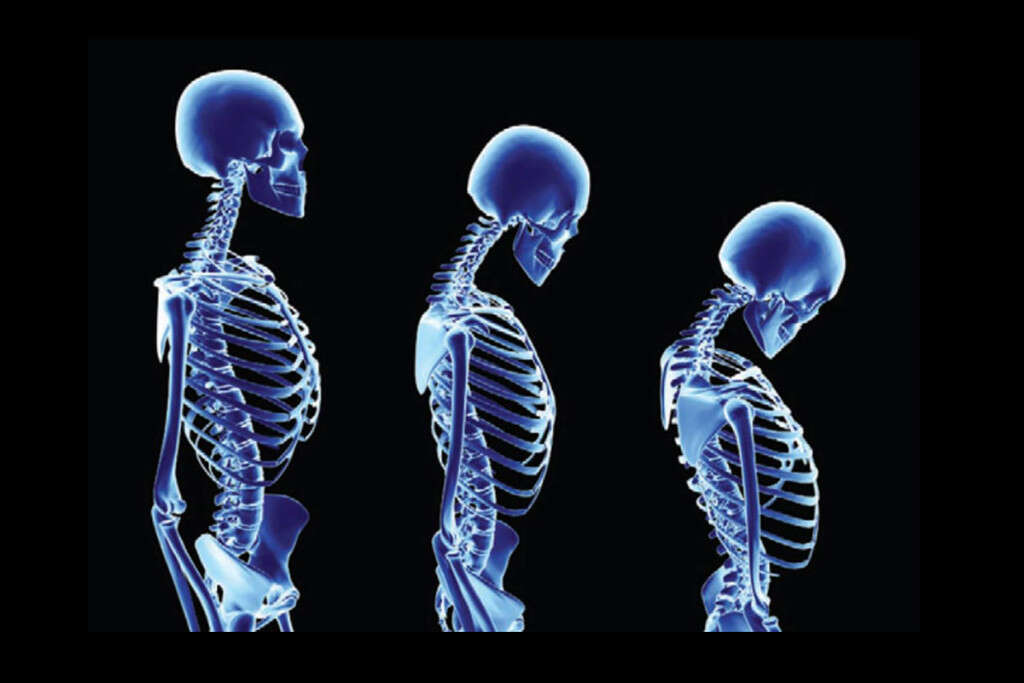
Cause #4: Carrying Heavy Bags
Carrying a heavy bag over your shoulder can cause upper back pain. This happens because it causes your spine to bend in an unnatural curve in order to compensate for the weight. It also strains your neck. Additionally, keeping a thick wallet in your back pocket especially while sitting can put too much pressure on your sciatic nerve and lead to sciatica pain.
If you experience upper back pain and you are fond of carrying heavy bags, the first thing you need to do is to lighten your burden. Do this by removing things from your bag you don’t need or use rarely. You can also carry a smaller bag that only fits the essential stuff. Also, any time you carry a bag, develop a habit of alternating the shoulder over which you carry it. This will help balance out the curvature which can reduce the risk of pain in the upper back.

Cause #5: Obesity
Being overweight or obese can cause you to experience upper back pain. As with other systems in the body, the spine can sustainably only bear a certain body weight. Exceeding this can strain the upper back and the other systems. Over time, this strain can cause upper back pain.
Most cases of obesity result from diet and lifestyle. Eating high carbohydrate foods, eating excess amounts of food, drinking soda and other sugary drinks as well as alcohol adds a lot more calories than the body needs. If you also lead a sedentary lifestyle, the body converts the excess calories into body fat which is the source of excess weight. Eating a healthy diet containing lots of vegetables and fruits and exercising regularly can help you maintain a healthy weight. This can also prevent upper back pain otherwise caused by obesity.
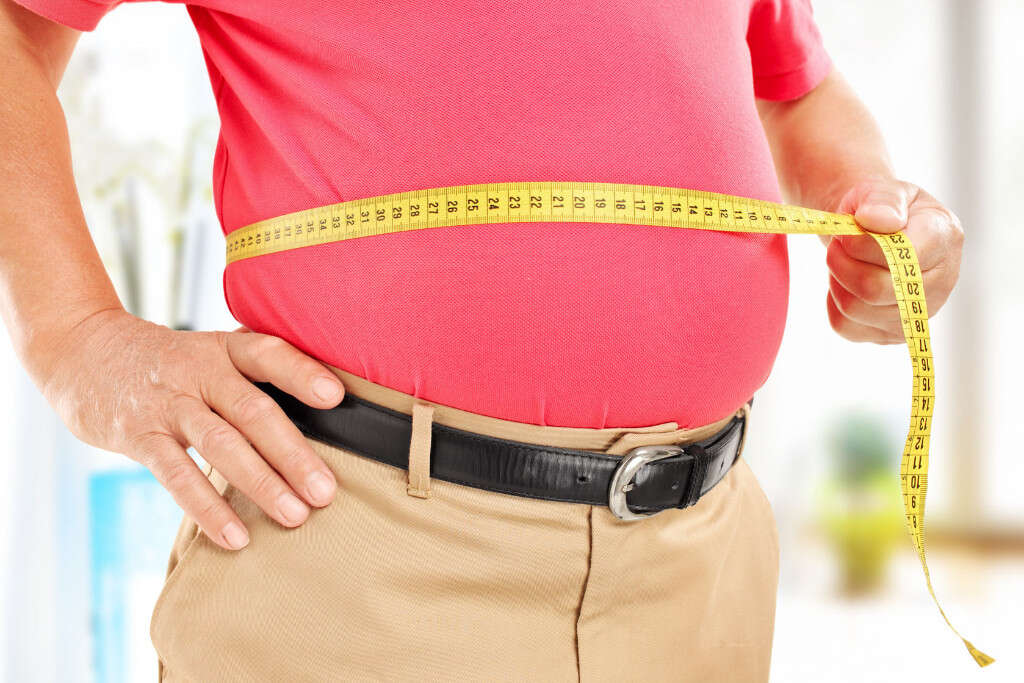
Cause #6: Muscle Strain
While exercise is good for overall health and certainly for the upper back, extreme exercise can cause upper back pain. Overworking your muscles leads to strain and muscle fatigue. This can cause muscle soreness which can be painful. This is especially the case when you have not been working out then exercise too hard too soon.
Upper back pain caused by muscle strain usually dissipates within a few days. To prevent upper back pain due to muscle strain, start slow and work your way up. You should also start with warm up exercises to prepare your muscles for the main workouts.
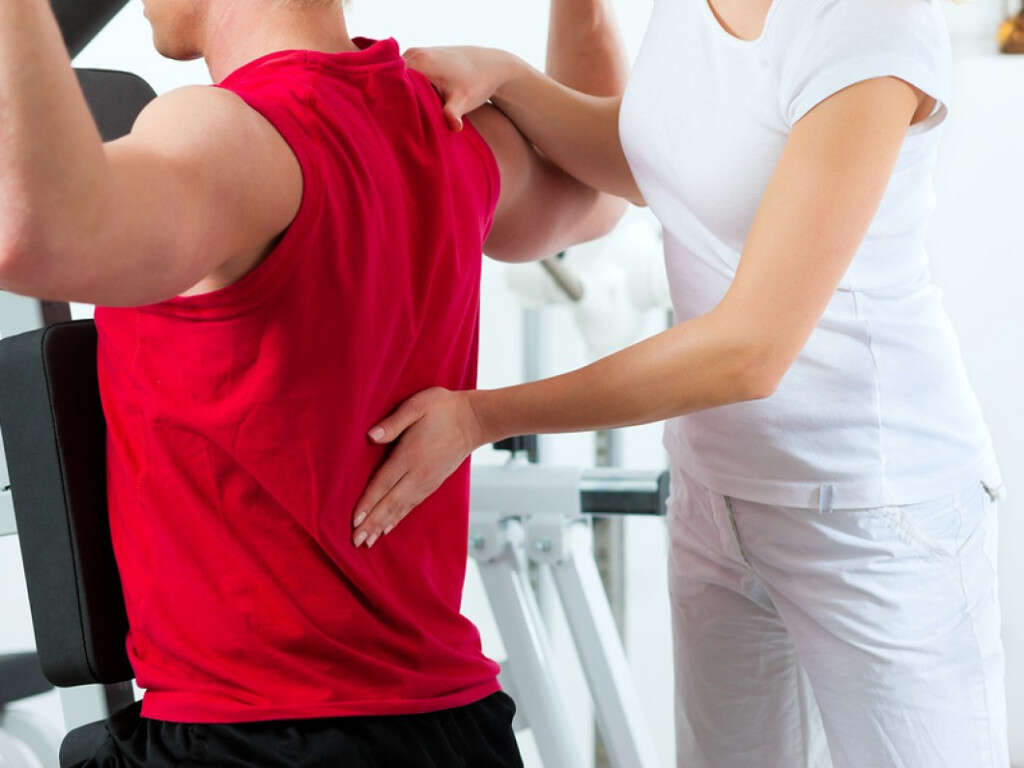
Cause #7: Wear and Tear
Wear and tear that occurs with time can cause upper back pain. This is especially the likely case in the elderly. The same way skin gets wrinkles and loses its glow, hair loses color and the body generally loses its strength, the tissues and bones in the upper back suffer the same fate.
Over time, the vertebrae degenerate such that they don’t move as smoothly as they did at an earlier age. The muscles in the upper back also lose some of their flexibility. The result is that movement is no longer as smooth as it would be. Additionally, the vertebrae may pinch nerves between them and cause chronic upper back pain.

Cause #8: Herniated Disc
The spine is composed of 33 vertebrae. Between most of these vertebrae are discs. Discs are flexible, yet firm, in order to function for a lifetime of shock absorption. These discs provide lubrication and keep the vertebrae in place. Deep within each disc there is a softer, gel like substance called the nucleus. In some instances, this nucleus is pushed to the outer portions of the discs causing a bulge. The condition is known as a herniated disc.
When the hernia occurs in the thoracic region it can push against nerves, and cause upper back pain. In addition to this, the vertebrae on the top and bottom of the disc no longer have the necessary lubrication between them. This interferes with their movement and is another cause of upper back pain. Disc hernias result from strain due to heavy lifting, carrying heavy objects or other factors like obesity and are more common in older people.
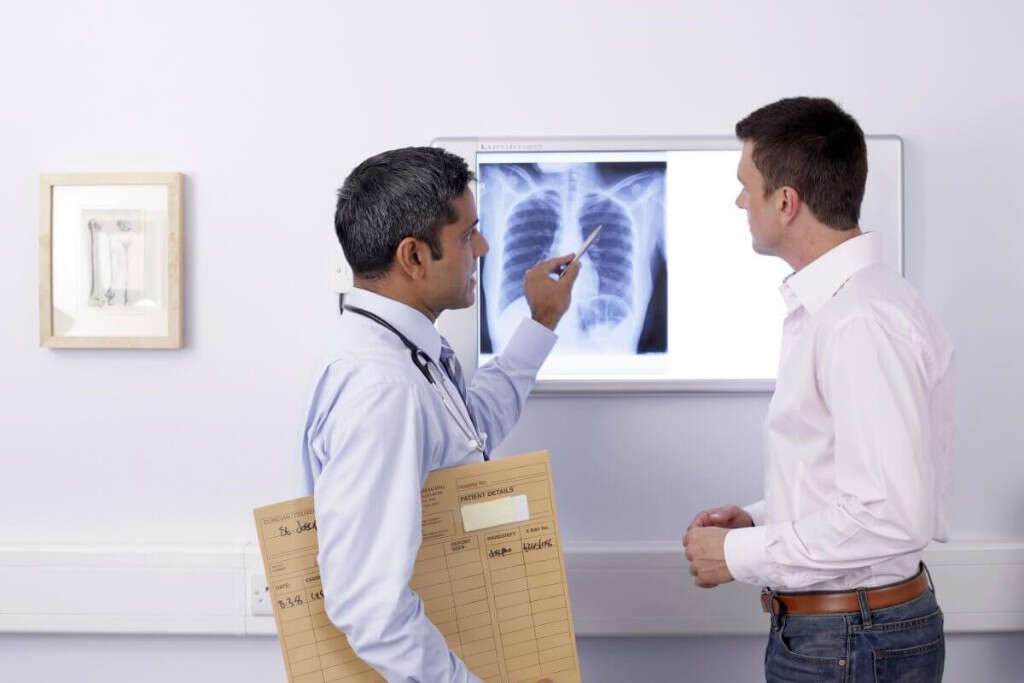
Cause #9: Sedentary Lifestyle
Spending long hours sitting or lying down can have its toll on your body. A sedentary lifestyle can also cause upper back pain. This may happen because of a number of reasons. By remaining in one position for a long time, some back muscles remain stretched while others remain compressed for extended periods of time. This can cause muscle fatigue and muscle weakness. This can mean that the muscles are unable to give proper support to the body.
This can cause upper back pain when you try to carry out otherwise ordinary tasks. It is also important to note that even lying down because of pain can make it worse. Whatever your occupation, some exercise can help. Get up and walk at least once every hour or so. You can also set aside time to go to the gym or do some yoga.

Cause #10: Tumor
A tumor in the upper part of the spine can cause upper back pain. Whether such a tumor originated from another part of the body and metastasized to the upper back or it began within the upper back, as it grows in size, it presses against tissue in the region. It also presses against nerves and causes upper back pain.
Because a tumor occupies space which it should not be occupying, it interferes with the workings of the surrounding tissues. The growth may also be cancerous and endanger the life of an individual. For these reasons consult a doctor if you notice a mass or swelling in your back irrespective of whether it causes upper back pain or not. Understand also that a tumor within the spine may not be seen with the naked eye.
